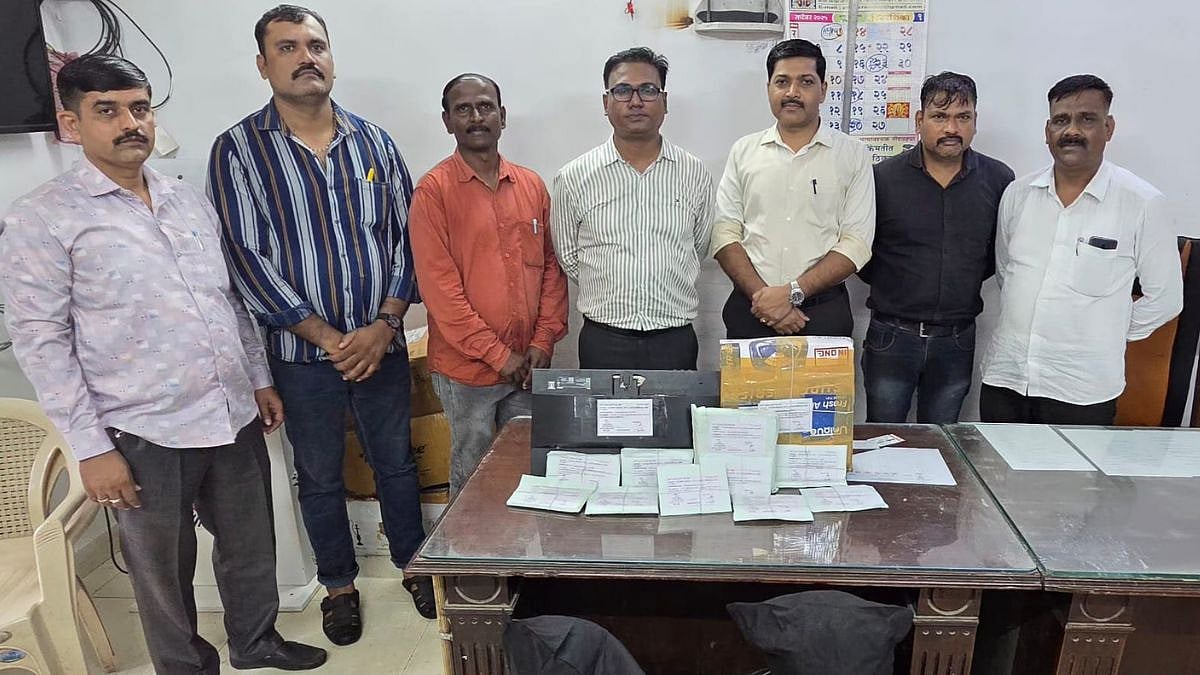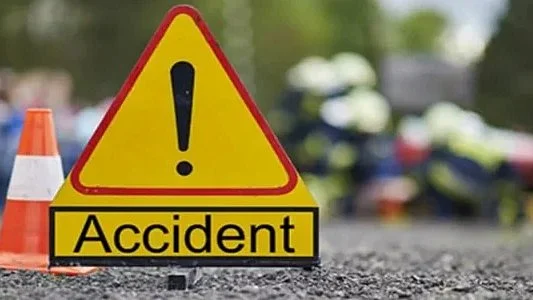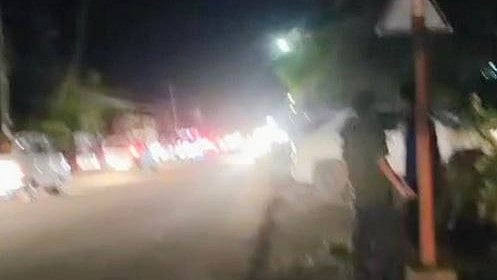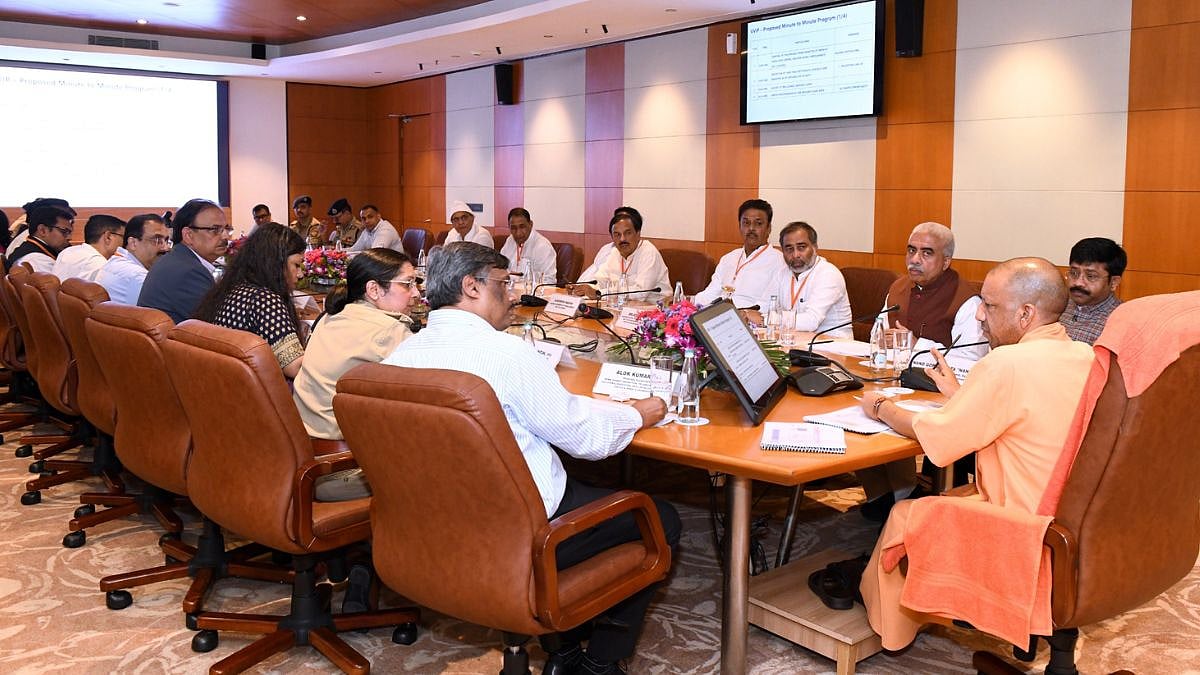In an exclusive conversation with Afrida Rahman Ali, Executive Editor at The Free Press Journal, Captain Minoo Wadia — veteran pilot of the Indian Air Force and Air India, and founder of the Federation of Indian Pilots — shares his expert insights on the recent Air India crash involving a flight from Ahmedabad to London. With over five decades of flying experience and deep involvement in pilot welfare and aviation safety, Capt. Wadia breaks down the possible causes behind the crash, the controversial cockpit switch theory, and questions of accountability — including whether human error or mechanical failure played a part.
Q: Capt. Wadia, thank you for joining us. Let’s begin with the basics — is this crash truly as straightforward as a fuel control switch error?
Capt. Minoo Wadia:
Not at all. The evidence points to a deeper issue. The aircraft was airworthy, the crew was trained and capable. But once it was airborne, fuel did not reach the engines — a condition called fuel starvation. That’s the root cause, and unless we find concrete evidence, we can’t simplify this to just a switch being turned off.
Q: But the cockpit transcript shows the pilots asking each other if they switched off power. Could it have been their error?
Capt. Wadia:
No. That conversation shows good situational awareness. When they noticed engine power failure, the standard operating procedure is to cycle the fuel switches — turn them off and on — to attempt a relight. One engine even briefly relit, which supports that they followed protocol. This wasn’t pilot negligence.
Q: So is it possible for the engines to fail even with the fuel switches left on?
Capt. Wadia:
Yes, very much. These aren’t simple household switches. They are guarded and double-protected — you can't turn them off by accident. Even with switches on, the aircraft's computerized fuel management system (like FADEC) may malfunction and cause fuel starvation. So yes, the engines can fail independently.
Q: There was a rush to blame pilot error early on — especially in foreign media. Why do you think that was?
Capt. Wadia:
It’s often the easiest scapegoat. Within days of the crash, foreign “experts” made baseless claims. Some even said the pilot raised flaps instead of gear — which is ridiculous. It shows a deliberate or misguided attempt to control the narrative before full facts were out.
Q: Based on the evidence so far, can we completely rule out pilot error or mechanical failure?
Capt. Wadia:
Human error is always a possibility — be it from pilots, ground staff, or engineers. But here, the pilots followed all correct procedures. They got airborne, noticed loss of power, attempted corrective action, and crash-landed with the gear down and wings level — indicating an attempt to save lives. This points more toward a systems or design failure, not crew error.
Q: The aircraft seems to have landed tail-first. What does that indicate?
Capt. Wadia:
That shows the pilots were trying to cushion the landing — likely a desperate, last-second decision. The gear was down, meaning they didn’t retract it after takeoff — possibly because a system (like the squat switch) didn’t recognize the aircraft was airborne. Unfortunately, they ran out of space and hit buildings, which caused the fireball and fatalities.
Q: That raises another question — were buildings permitted so close to the runway?
Capt. Wadia:
Ideally, no. There are strict ICAO rules about obstacle-free zones ahead of runways. In India, violations happen. I've seen it before — even the old control tower at Mumbai airport breached ICAO norms. These building violations increase crash risks.
Q: Air India’s CEO said there were “no mechanical issues.” Does that shift the blame back to pilots?
Capt. Wadia:
Statements like these muddy the waters. If there were truly no mechanical issues, let’s see the full cockpit voice transcript and maintenance history. Right now, we have only partial data. Many agencies — manufacturers, regulators, airlines — may prefer not to release damaging details. But aviation safety demands transparency.
Q: What about Boeing? Post-merger concerns have been raised about their aircraft and safety practices.
Capt. Wadia:
Yes, after the Boeing–McDonnell Douglas merger, there’s been a noticeable shift in safety culture. Boeing is still a professional organization, but it’s not immune to errors. I’ve personally worked with Airbus to fix safety flaws in the past — manufacturers can and do make mistakes. Scrutiny of Boeing is justified here.
Q: And what do you feel is still missing in this investigation?
Capt. Wadia:
The full CVR (cockpit voice recorder) transcript has not been released. Until we know the exact in-cockpit exchanges, and get clarity on the fuel system and automation performance, we cannot draw final conclusions. Transparency is critical. Only facts — not speculation — can help us learn and prevent future disasters.
Q: Final thoughts — what should be our biggest takeaway from this tragedy?
Capt. Wadia:
This isn’t just about one flight or one airline. It’s about global air safety. Passengers everywhere deserve to know why an aircraft failed midair so quickly. Was it design? Maintenance? Obstruction? Or something else? Every stakeholder — including governments, regulators, and manufacturers — must be held to account. The truth must come out.










